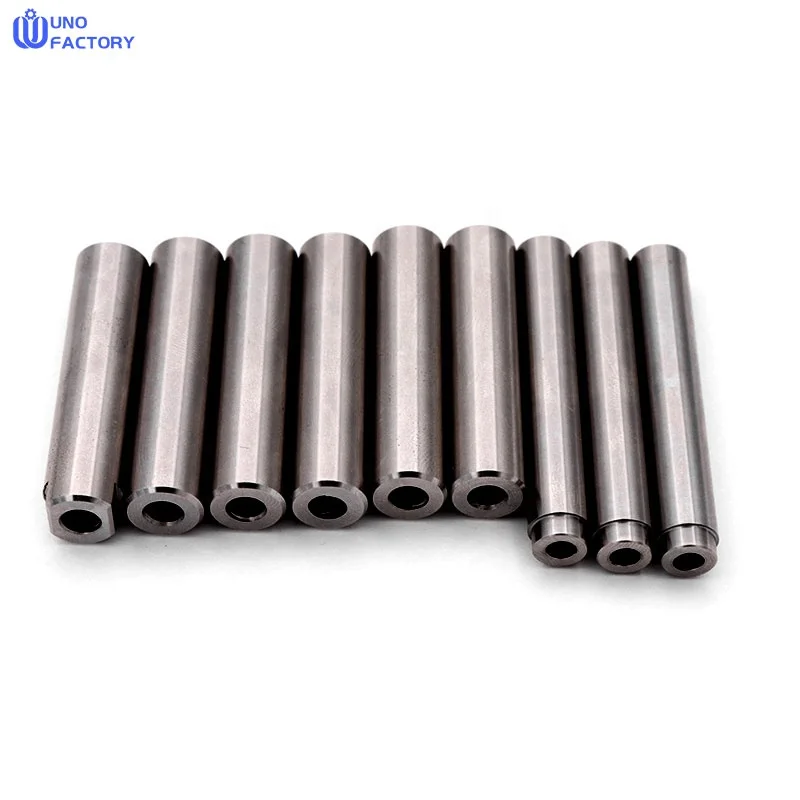Time to read: 6 min

Stainless steel's widespread use is a testament to its strength and durability. However, to ensure its resistance to corrosion and maintain its performance, stainless steel passivation is a critical process. This article provides an in-depth look at passivation, its history, significance, and the step-by-step guide to achieve optimal results.
What is Stainless Steel Passivation?
Passivation of stainless steel is the process of removing free iron and other contaminants from its surface, allowing a uniform chromium oxide layer to form, which protects the steel from corrosion.
Historical Perspective
The journey of passivation began in the 1800s with the discovery by chemist Christian Friedrich Sch?nbein that stainless steel treated with nitric acid showed improved corrosion resistance. The evolution continued into the 1900s with the adoption of citric acid as a safer alternative, leading to modern passivation processes that utilize both acids.
Why is Stainless Steel Passivation Important?
Passivation is essential due to several reasons:
- Iron's Vulnerability to Corrosion: Despite its benefits, iron, a major component of stainless steel, is prone to rusting.
- Chromium's Protective Role: Passivation enhances the formation of chromium oxide, an inert layer that prevents corrosion.
- Contaminants from Manufacturing: The process removes contaminants that can induce corrosion.
How to Passivate Stainless Steel: A Step-by-Step Guide
The passivation process involves three main steps:
- Alkaline Cleaning: Thorough cleaning to remove surface contaminants.
- Passivation Treatment: Immersion in an acid bath to remove iron traces and initiate the protective layer formation.
- Testing: Conducting tests to ensure the passivation process's effectiveness.
Dos and Don'ts of Passivating Stainless Steel
Best practices include proper cleaning, using dechlorinated water, and regular replacement of acid baths. Avoid passivating parts with nitride elements and using tools with iron content.
Grades of Passivated Stainless Steel
Stainless steel is categorized into three grades:
- Austenitic Grade: Offers significant corrosion protection and is non-magnetic.
- Ferritic Grade: Contains high chromium content but is not suitable for heat treatment.
- Martensitic Grade: Versatile and heat-treatable but with lower corrosion resistance.
Industry Standards for Stainless Steel Passivation
Adhering to industry standards such as ASTM and AMS ensures consistent quality and reliability.
Types of Equipment for Stainless Steel Passivation
Select from various equipment types like small benchtop systems, wet bench equipment, automated passivation systems, and agitated immersion systems, depending on the application and sensitivity of the parts.
Unofactory: Your Partner for Stainless Steel Passivation
Unofactory offers manufacturing services with a commitment to quality and adherence to stringent standards, making it an ideal choice for stainless steel passivation and other metal part finishing needs.
FAQs on Stainless Steel Passivation
- Is passivation the same as pickling? No, pickling cleans the surface for passivation but does not protect against corrosion.
- Does passivation make stainless steel corrosion-proof? Passivation significantly extends the lifespan of stainless steel by enhancing its corrosion resistance.
- Is the passivation of stainless steel optional? Passivation is essential for stainless steel parts to prevent early corrosion.
Conclusion:
Stainless steel passivation is a vital process that extends the life and versatility of stainless steel components. By following the outlined steps and adhering to industry standards, you can ensure the consistent formation of a protective oxide layer, safeguarding your stainless steel parts from the corrosive effects of the environment.




